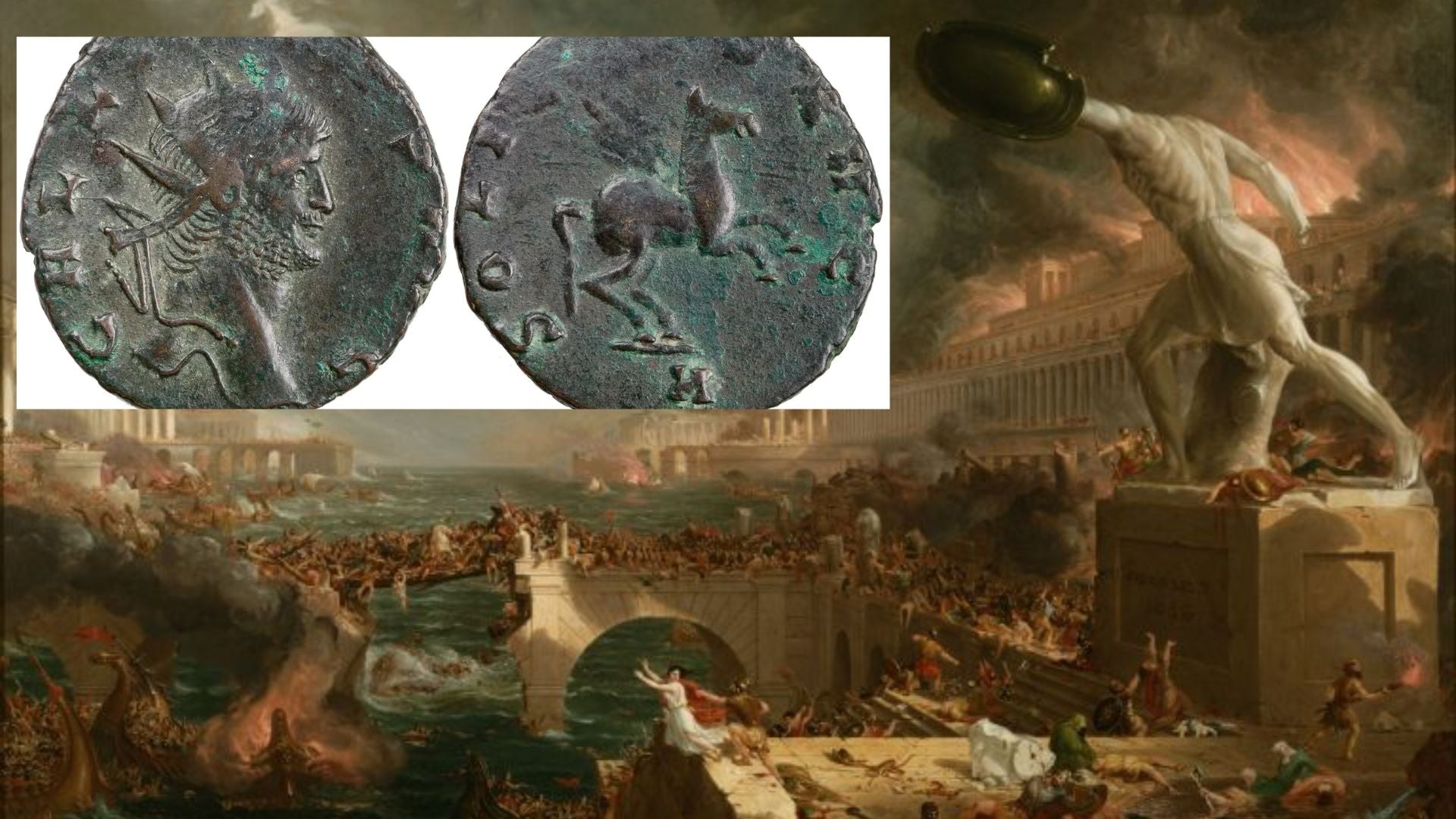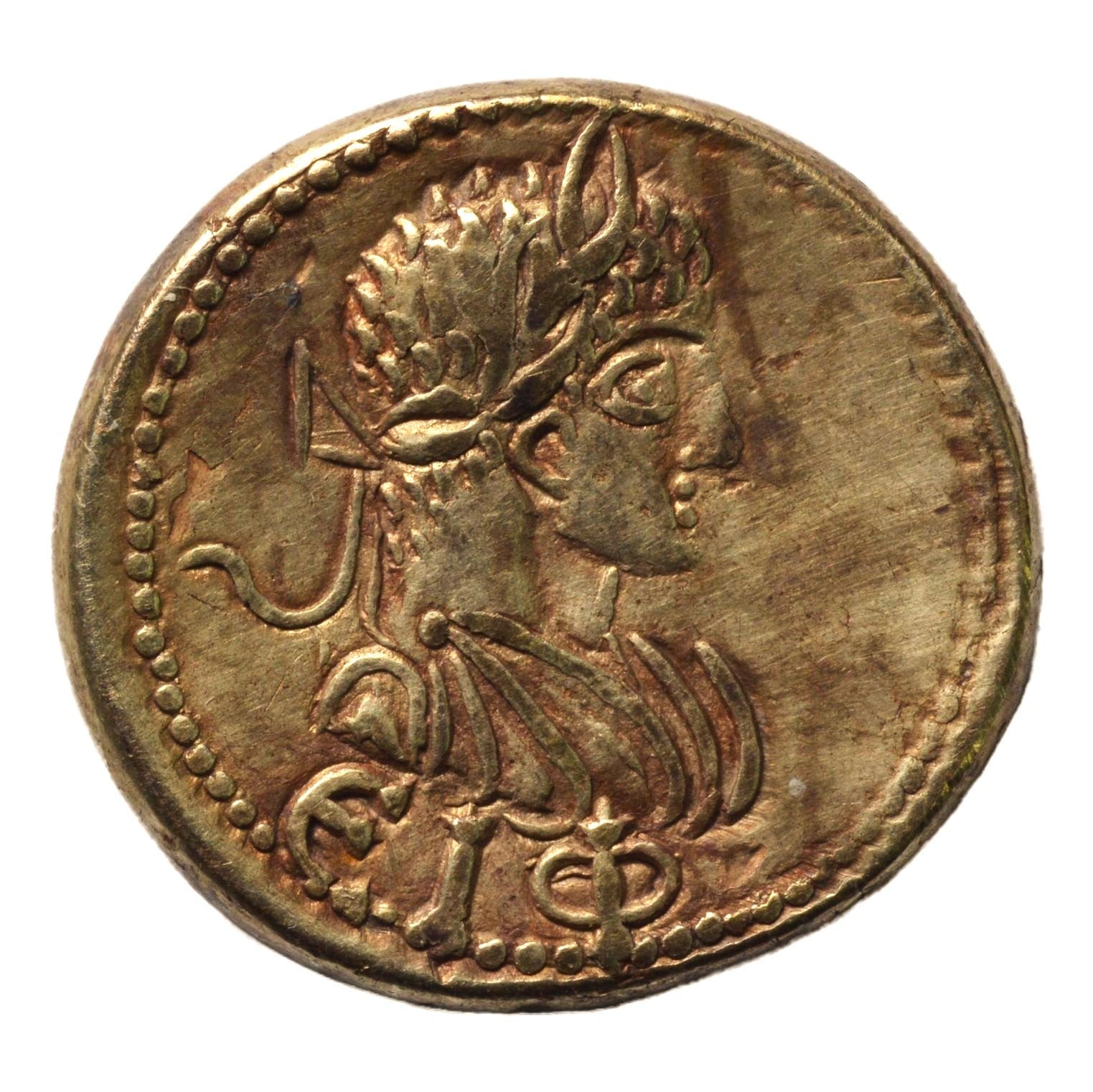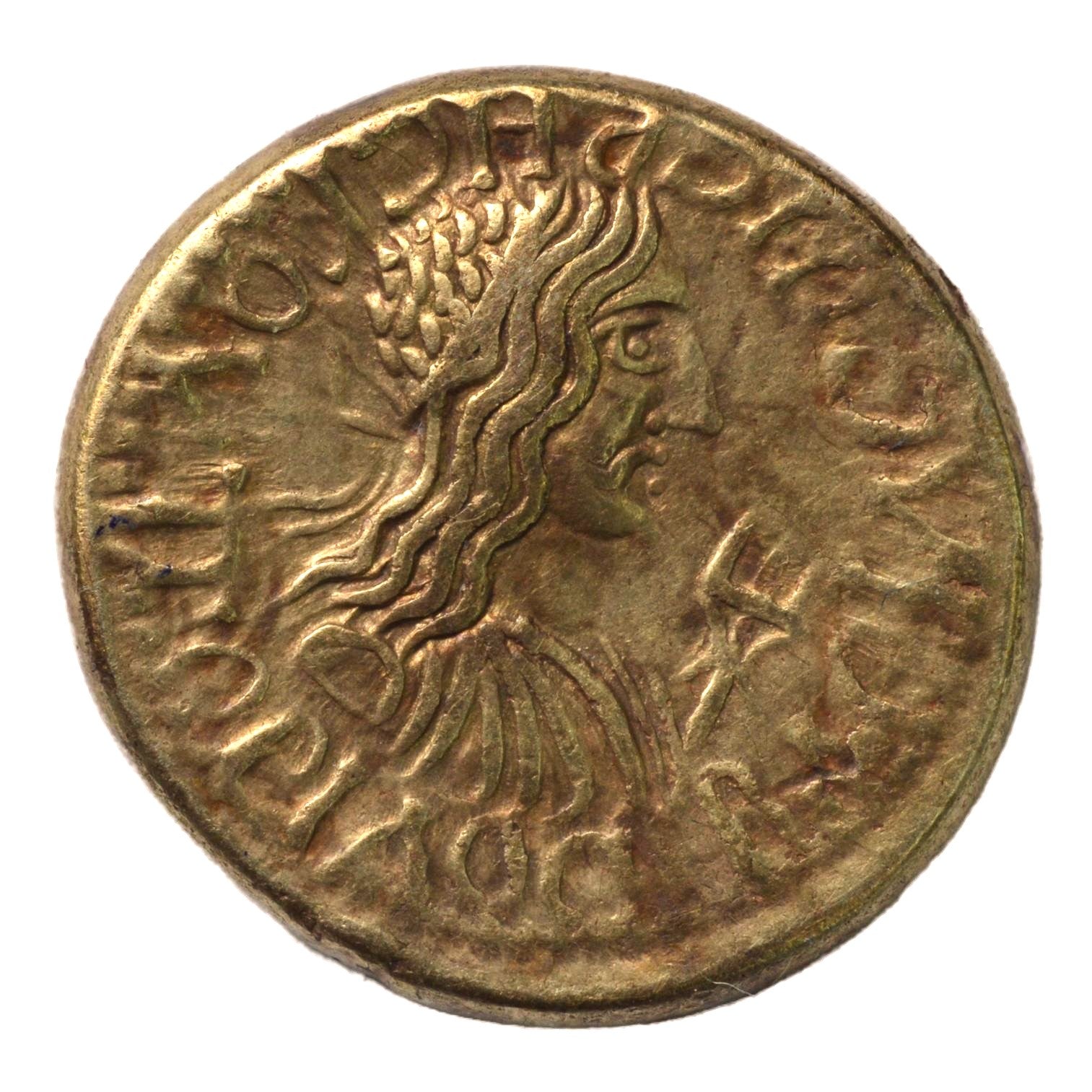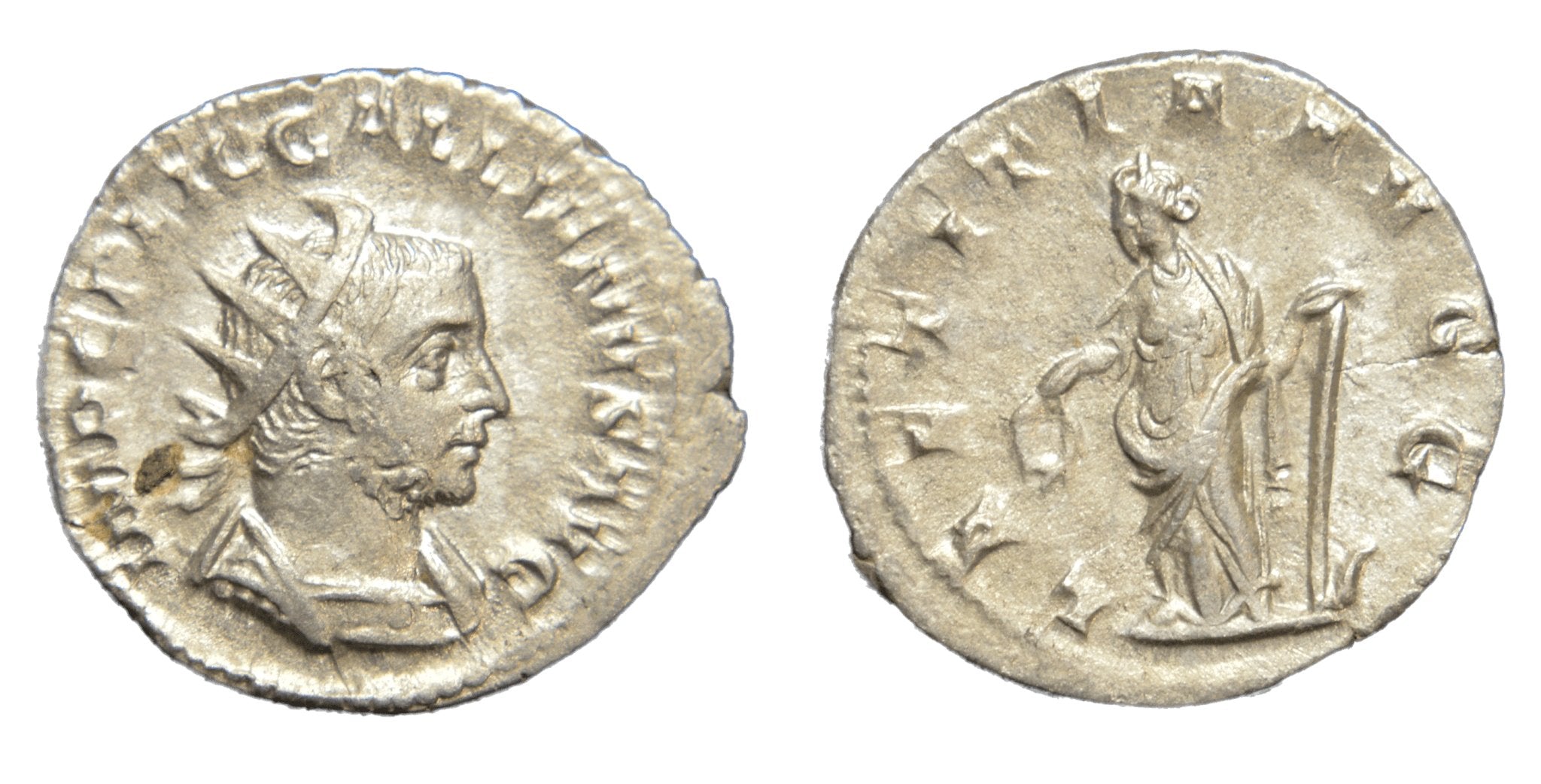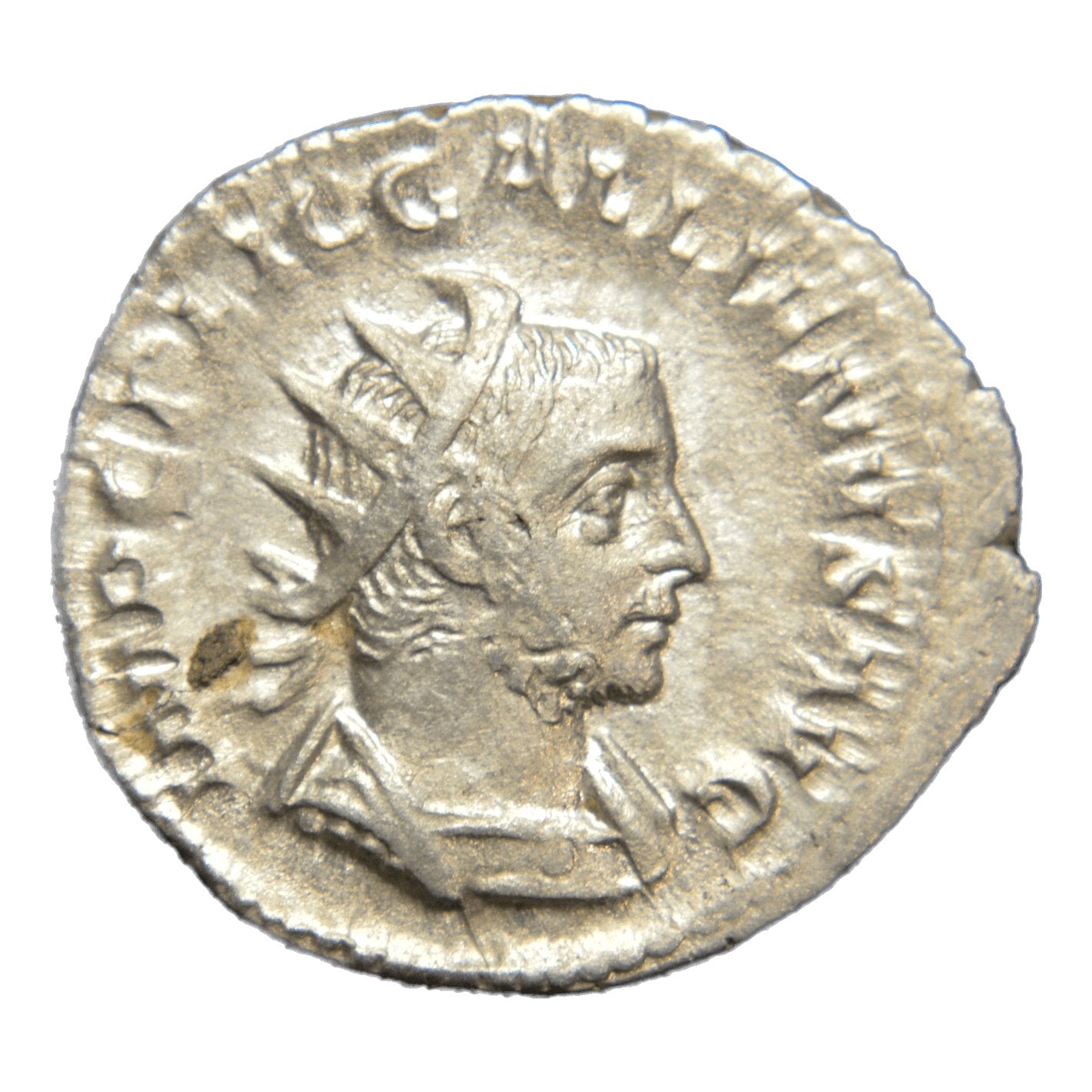The Fall of Rome has been attributed to many different causes – Barbarian invasions, political division, even Christianity.
But what about inflation?
That is, inflation caused by watering down the money supply through debasement of silver coinage.
Fiscal policy is perhaps not as flashy as widescale war or the death of polytheism, but it is equally as important (if not more!).
Instead of finding ways to raise revenues to pay off crippling war debt and make up for the dwindling silver supply, ruler after ruler of Rome decided to decrease the value of common coins by altering their silver content. Eventually, Rome was left with a failing monetary system based on a weak currency containing 2% the amount of silver that it originally had.
So why on Earth did all these typically competent leaders make the decision to decrease the silver content of the coin that formed the base of the Roman economy?
Let's try and piece it together.
Debasement: Less silver, more coin
To begin with: what is debasement, and how is it achieved?
Debasement refers to the practice of decreasing the quality of something by combining it with a source of lesser value. In terms of coinage, this process is quite straightforward: silver coins were altered to reduce their actual silver content (or “purity”).
Oddly enough, this often meant just minting new coins and putting them into circulation with the other, more valuable coins.
Roman debasement was mainly targeted towards the denarius, the silver coin introduced into the Roman economy around 211 B.C.E.

Silver denarius dating back to 98 - 117 A.D. depicting the Emperor Trajan, which can be purchased here.
When it was first created, the denarius was 4.5 g of pure silver. Over the next 500 years, the silver content of the coin would dramatically reduce until it was worth nearly nothing. The percentage of silver in the common denarius pretty accurately mirrors the state of the Roman economy—and the stability of Rome overall. As tensions rose through times of war and political strife, the purity of the coins in circulation decreased proportionately. Major debasement events can even be mapped against the assassinations of several emperors.
All in all, economic decline through silver debasement can be traced to create a timeline that creeps slowly towards the fall of Rome.
You know what they say: when the times get tough, the government debases the coinage.
Nero’s Great Mistake: The Denarius Declines
Let’s take a look at the timeline created by the debasement of silver in Rome.
The rulers of Rome began chipping away at the silver content of the denarius beginning in 64 C.E. This first major change came at the hands of the Emperor Nero, who had a couple reasons for wanting to give the denarius a makeover – not the least of which was to put his own crowned head on the coin as a form of widescale propaganda. In this way, coinage would often function as handy little newspapers, spreading word of who’s in charge and who’s been defeated in foreign wars, etc.
But why the blow to the denarius’s silver content? Well, at the time of Nero’s infamous debasement, Rome was facing a serious economic depression. By decreasing the silver content of each denarius, more coins could be minted from the same amount of available silver.
To deal with economic decline, modern-day governments will often resort to printing more paper money to stimulate the economy in the short-term (with serious inflationary effects in the long run). In ancient Rome, creating more coins out of less silver meant more money in circulation – money that was now seriously devalued.
Nero’s new denarii had 14% less silver than the original coins, with only 52.68 grains of silver in each versus 61.46 grains before. Nero also added a 10% alloy of cheaper metal to the coin – meaning the coin was the same size as before, if not the same value. (Very sneaky, indeed.)
Nero also debased the gold aureus coin during this time by about 7%. However, the aggressive debasement of the denarius was far more significant since this was the standard coin used most frequently among the common people at the time.
Nero’s debasement was significant for two big reasons:
- It set a precedent that would be followed by many Emperors to come, leading the denarius down a steep decline and taking Rome down with it.
- The denarius, now no longer pure silver, became fiat money – that is, it had value because the government gave it value, and not because of its intrinsic value.
Two Coins for the Price of 1.5
So, thanks to Nero (and the many succeeding emperors who followed his trend), the denarius now contained only 80% of the silver it previously did.
Septimius Severus followed up by knocking the denarius down to only 46% silver.
In 215 C.E., the emperor Caracalla would take Nero’s idea and double it – literally.
Caracalla rolled out a new silver coin called the antoninianus, which was double the value of a denarius – in theory, at least. In reality, the antoninianus only had about 1.5 times the amount of silver as the denarius.

The antoninianus’s rapid decline in purity. Source: Wikimedia Commons.
Over time, the antoninianus would slowly replace the denarius as the standard silver coin in use. Naturally, this also meant a continued decline in the silver content of the coin. By the reign of Claudius II in 269 C.E., the antoninianus had been decreased to a pathetic 2% silver content. The currency of Rome had been dragged through the mud along with the empire itself, and it wouldn’t be long before both were vestiges of a bygone era.
So, did inflation through debasement bring about the fall of one of the greatest empires the world has ever seen? Perhaps not single-handedly, but modern governments should certainly take note: watering down the money supply won’t do you any good (unless you’re gunning for re-election, that is).
Sources
“The Acceptance and Value of Roman Silver Coinage in the Second and Third Centuries AD” by Colin P. Elliott (2014).
“Debasement and the Decline of Rome” by Kevin Butcher (2015).
“Late Roman Silver Coinage (From Arcadius and Honorius to the end of the 5th century AD)” by Federico Gambacorta (2014).
“Ancient Coins” by Martin Armstrong, on Armstrong Economics.
“The Great Denarius Debasement” on Gold Avenue.
Roman Economy, 300 B.C. to A.D. 700 by Kenneth W. Harl (1996).
“Debasement of the Silver Coinage Under the Emperor Nero” by T. Louis Comparette (1914).
“Nero’s New Deal” by Mary Elizabeth Kelly Thornton (1971).
“How Hyperinflation Destroyed Ancient Rome” by Aditya Krishnan on ET Insights (2024).
“The Beginning of the End? The Denarius in the Second Century” by Kevin Butcher & Matthew Ponting in The Numismatic Chronicle (2012).

